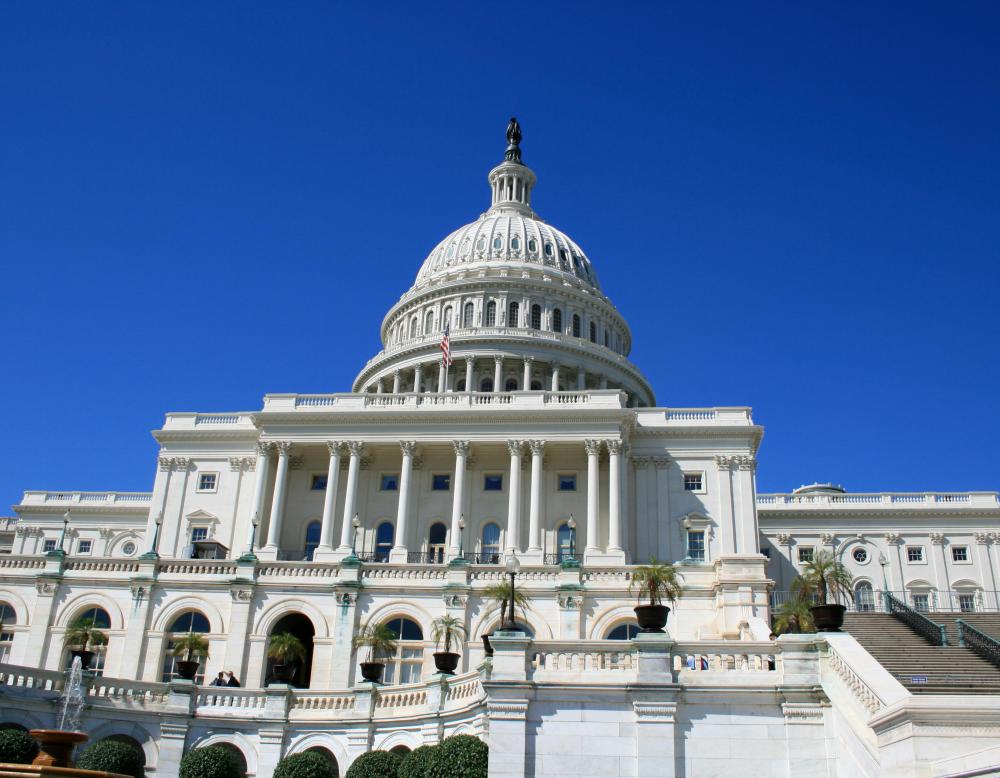At SmartCapitalMind, we're committed to delivering accurate, trustworthy information. Our expert-authored content is rigorously fact-checked and sourced from credible authorities. Discover how we uphold the highest standards in providing you with reliable knowledge.
What is Interstate Banking?
Interstate banking is where a bank based in one American state carries out business in one or more other states. Historically, interstate banking was extremely restricted by legislation. These restrictions have gradually eased over time.
Originally, both state and federal laws made it virtually impossible for banks to operate in more than one state. On a federal level, this stemmed from disputes over where the Bank of the United States, which handled national government finances, should be situated. On a state level, laws were often designed to protect local banks from competition from major banks in larger or more prominent states. In 1956, US Congress reinforced the rules with the Bank Holding Company Act, which effectively banned any bank from taking over a bank in another state.

The first serious talk of relaxing the restrictions came in the early 1980s. By this time, there were 15,000 banks in the United States — more than the rest of the world put together. Federal proposals to allow banks to operate outside their home states were first proposed under President Jimmy Carter, but did not come to fruition, despite arguably fitting in with the economic policies of the subsequent administration of President Ronald Reagan.

Instead, the first major changes came about in the mid-1980s on a state-by-state basis. The governments of the six New England states agreed upon a reciprocal relaxation, meaning any New England-based bank could operate in any New England state. Similar regional arrangements were reached by states in the Southeast, Midwest, and West of the country.
As these regional agreements led to expansion of banks, individual states began allowing banks to merge with other banks anywhere in the country. Generally, this came about through new state laws that contained a date after which the mergers became legal. This date was often called a "National Trigger."
Eventually, interstate banking had become so common that national politicians agreed to change federal law. The Riegle-Neal Interstate Banking and Branching Efficiency Act of 1994 allowed banks to expand nationwide. This means that a bank can take over another bank in any state, regardless of previous state laws. The act also allowed for interstate branching, in which banks can open branches in any state. Banks cannot simply set up branches on a national basis, however, and must instead take over another bank in each state where it wishes to have branches.
AS FEATURED ON:
AS FEATURED ON:












Discuss this Article
Post your comments